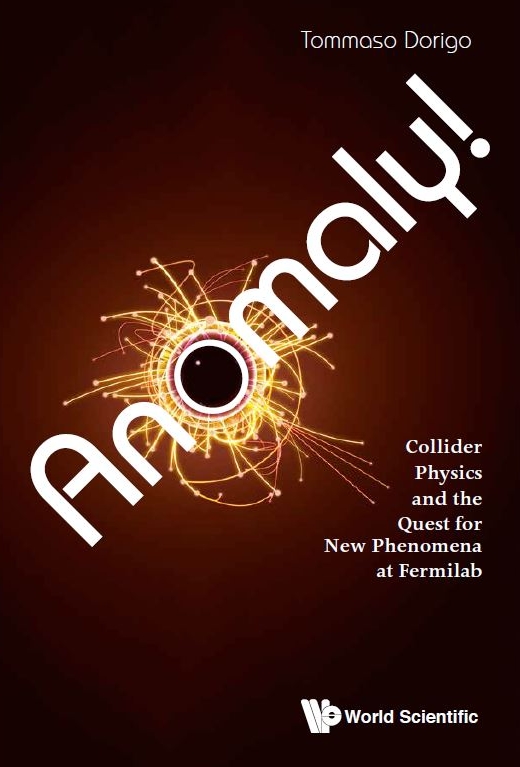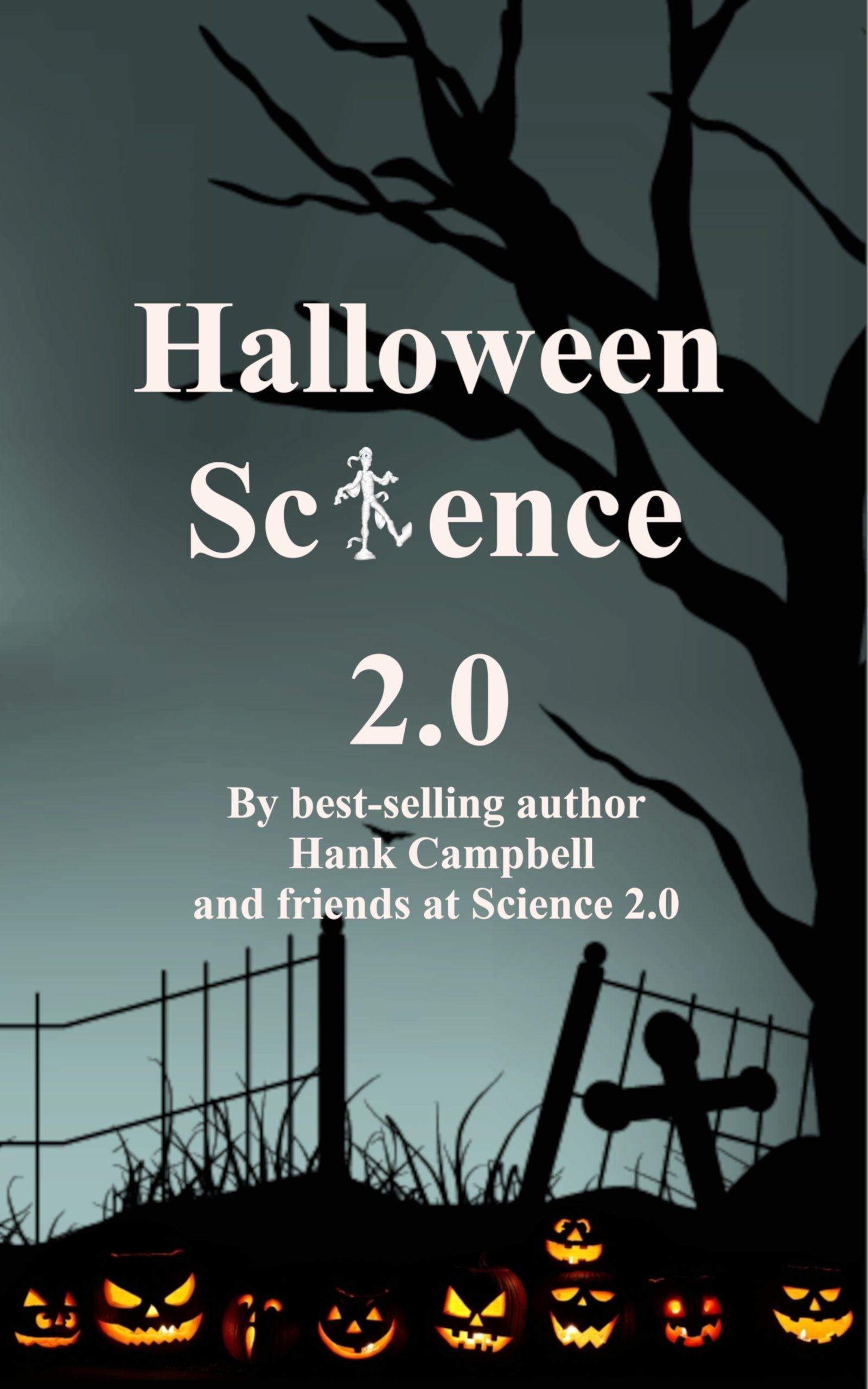 pairs in its Run-2 dataset of 2-TeV proton-antiproton collisions, produced by the now defunct Tevatron collider in the first 10 years of this century.
pairs in its Run-2 dataset of 2-TeV proton-antiproton collisions, produced by the now defunct Tevatron collider in the first 10 years of this century. Starting from a sample of about 5600 B_s events, they surprisingly claimed observation of a rather wide resonance at 5.57 GeV, with a statistical significance of 5.1 standard deviations. This could be interpreted as a "tetraquark" state. The signal is shown in the figure below (right), where the bottom panel show the residuals of data minus a fit that includes a background shape and a breit-wigner peak at 5.57 GeV.
The physics of heavy mesons and baryons has become very interesting in the past decade, as besides the observation of well-understood and predicted heavy baryons containing two or event three "heavy quarks" (these are the charm and bottom, which respectively weigh about 1.2 and 4.2 GeV - over one and over four proton masses, respectively), a rather surprising number of "unpredicted" new states has been unearthed in CDF, LHCb, and CMS and ATLAS data. The topic is intriguing because these states are "exotic resonances": they do not fit the standard interpretation of qqbar or three-quark states, and must thus be explained with some kind of ad-hoc physics. Molecular states of two mesons or a baryon and a meson, or true 4- or 5-quark bound states, indeed.
Quantum Chromodynamics, which is the theory governing the strong interaction between quarks and gluons, is unable to come to the rescue, as we cannot calculate the low-energy interactions that keep quarks together. Some help comes from lattice QCD, a calculation attempt where the interactions are computed on a grid of finite-distance nodes, but the extensive tuning that is required to make sense of those calculations still makes the results not completely trustable.
From the absence of a signal in their data (see graph of the invariant mass of the Bs pion combinations found by the experiment, left) LHCb concludes that the ratio between the number of X events and B_s events, multiplied by the unknown probability for the X state to decay to B_s pion pairs, must be smaller than 1%. This is a far cry from the DZERO measurement of 8.6+-2.3%. However, one should always be careful when there are two conflicting results. As I first saw the LHCb "refutation" of the DZERO find I was reminded of the Y meson first discovered by CDF, which was first disproven by LHCb, then confirmed by CMS, and then seen in all its glory in a larger data and reanalysis by LHCb.
The result of CMS is that the ratio discussed above is less than 3.9% at 95% confidence level. At this point one really starts to question what can have gone wrong in the DZERO measurement.
In my opinion, the problem lays in the fake-B_s component, which DZERO models using sidebands, as shown in the graph on the right. The DZERO paper claims that the fake B_s have a similar shape to that of true B_s candidates with a combinatorial pion, but the preprint points to a broken link ( http://link.aps.org/ supplemental/10.1103/PhysRevLett.000.000000) - I cannot access the paper from where I am writing but I found this odd enough to report, although I am sure that the published article fixed this.
In summary, I think that the problem of the DZERO find lays in the background modeling, compounded to a good dose of "trials factor" - the precise mass where a signal is seen was not predicted by any prior model, so this was a true "fishing expedition" and we know how often this results in spurious signals. At least, it appears to be the case here. Another "anomaly" worth being filed as such in my collection... It is unfortunate that it has 5 sigma significance though, as I have been arguing lately that the spurious effects tend to have 4 or 6 - but that is just a joke of course.
----
 If you want to read the history of anomalous signals found in the CDF experiment, you may consider reading the book I have written on the matter, available at the World Scientific web site or through Amazon.
If you want to read the history of anomalous signals found in the CDF experiment, you may consider reading the book I have written on the matter, available at the World Scientific web site or through Amazon. 




Comments